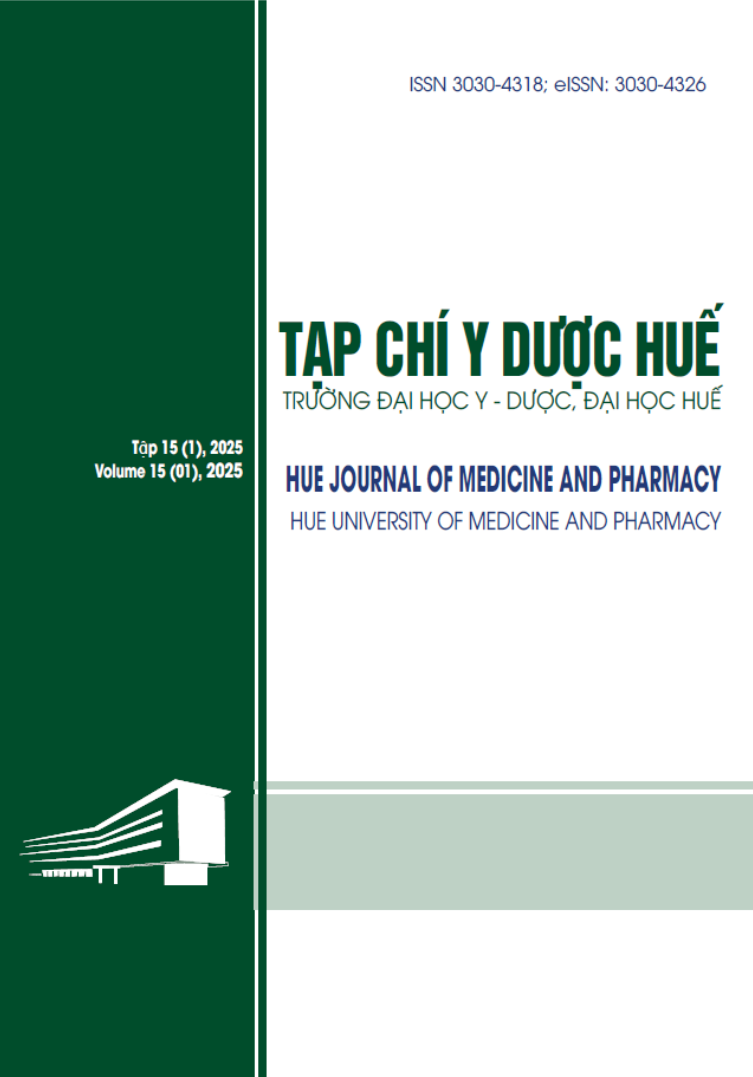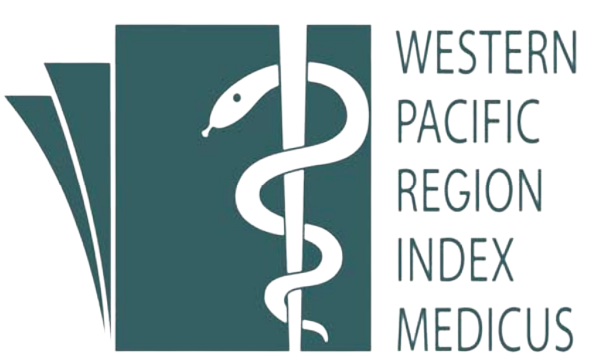Abstract
Objective: This study aimed to assess the knowledge, attitudes, and behaviours related to medical professionalism among fifth-year medical students by using three assessment tools aligned with different competency levels in Miller’s Pyramid and to analyse correlations among these assessment approaches.
Methods: A descriptive cross-sectional study was conducted among 401 fifth-year medical students at Hue University of Medicine and Pharmacy. Three tools were used: (1) the Penn State College of Medicine Professionalism Questionnaire (PSCOM), (2) Barry’s scenario-based questionnaire, and (3) an Objective Structured Clinical Examination (OSCE) evaluating communication and professionalism using standardised patients. Data were analysed using t-tests and Pearson correlation coefficients.
Results: The average scores (converted to a 100-point scale) were: PSCOM 81.3, Barry’s scenario-based questionnaire 45.5, and OSCE 79.0 (p<0.001). There were significant positive correlations between PSCOM and Barry’s scenario-based questionnaire (r=0.12; p<0.05) and between PSCOM and the OSCE score (r=0.16; p<0.01).
Conclusion: Assessment of medical professionalism should adopt a multidimensional, multi-method approach to comprehensively and objectively reflect learners’ competencies. It should also support a progressive evaluation process aligned with the advancing stages of professionalism training in medical education.
| Published | 2025-05-09 | |
| Fulltext |
|
|
| Language |
|
|
| Issue | Vol. 15 No. 2 (2025) | |
| Section | Original Articles | |
| DOI | 10.34071/jmp.2025.2.22 | |
| Keywords | medical professionalism, assessment methods, self-reflection, scenario-based evaluation, OSCE, medical education |

This work is licensed under a Creative Commons Attribution-NonCommercial-NoDerivatives 4.0 International License.
Copyright (c) 2025 Hue Journal of Medicine and Pharmacy
ABIM Foundation. ACP-ASIM Foundation; European Federation of Internal Medicine. Medical professionalism in the new millennium: a physician charter. Ann Intern Med. 2002;136(3):243-6.
Van Mook WN, Gorter SL, O’Sullivan H, Wass V, Schuwirth LW, van der Vleuten CP. Approaches to professional behaviour assessment: tools in the professionalism toolbox. Eur J Intern Med. 2009;20(8):e153-7.
Blackall GF, Melnick SA, Shoop GH, George J, Lerner SM, Wilson PK, et al. Professionalism in medical education: the development and validation of a survey instrument to assess attitudes toward professionalism. Med Teach. 2007;29(2-3):e58-62.
Shakour M, Badrian M. Assessment of professionalism between medical students in clinical situations. Int J Med Invest. 2015;4(2):199-207.
Miller GE. The assessment of clinical skills/competence/performance. Acad Med. 1990;65(9 Suppl):S63-7.
Manzoor A, Baig LA, Aly SM. Attitudes of faculty and residents of surgical specialties towards professionalism at a tertiary care hospital of Islamabad. Pak J Med Sci. 2019;35(2):371-6.
Barry D, Cyran E, Anderson RJ. Common issues in medical professionalism: room to grow. Am J Med. 2000;108(2):136-42.
Salan A, Song CO, Mazlan NF, Hassin H, Lee LS, Abdullah MH. A pilot study on professionalism of future medical professionals in Universiti Kebangsaan Malaysia (UKM) Medical Centre. Procedia Soc Behav Sci. 2012;60:534-40.
Haque M, Zulkifli Z, Haque SZ, Kamal ZM, Salam A, Bhagat V, et al. Professionalism perspectives among medical students of a novel medical graduate school in Malaysia. Adv Med Educ Pract. 2016;7:407-22.
Wilkinson TJ, Wade WB, Knock LD. A blueprint to assess professionalism: results of a systematic review. Acad Med. 2009;84(5):551-8.
Shiga T, Nakashima Y, Norisue Y, Ikegami T, Uechi T, Otaki Y, et al. Comparison of professionalism between emergency medicine resident physicians and faculty physicians: A multicenter cross-sectional study. PLoS One. 2020;15(3):e0230186.
Tokuda Y, Barnett PB, Norisue Y, Konishi R, Kudo H, Miyagi S. Questionnaire survey for challenging cases of medical professionalism in Japan. Med Teach. 2009;31(6):502-7.
Ten Cate O, Carraccio C, Damodaran A, Gofton W, Hamstra SJ, Hart DE, et al. Entrustment Decision Making: Extending Miller’s Pyramid. Acad Med. 2021;96(2):199-204.
Gaufberg EH, Batalden M, Sands R, Bell SK. The hidden curriculum: what can we learn from third-year medical student narrative reflections? Acad Med. 2010;85(11):1709-16.
Papadakis MA, Hodgson CS, Teherani A, Kohatsu ND. Unprofessional behavior in medical school is associated with subsequent disciplinary action by a state medical board. Acad Med. 2004;79(3):244-9.
Stern DT. Measuring Medical Professionalism. New York: Oxford University Press; 2005.






